

Engage prospects with a scan and streamline customer engagement with FREE QR code marketing tools by Sona – no strings attached!
Create a Free QR CodeFree consultation

No commitment

Engage prospects with a scan and streamline customer engagement with FREE QR code marketing tools by Sona – no strings attached!
Create a Free QR CodeFree consultation

No commitment
QR codes in marketing bridge the gap between physical touchpoints and digital outcomes, turning quick, everyday interactions into measurable engagement. In convenience stores, they help shoppers discover deals, pay faster, and join loyalty programs in seconds. The result is a smoother customer experience and a steady stream of data that reveals what motivates purchases, which messages work, and where to invest next.
The quickest wins come from replacing manual and untrackable processes with scan-to-serve moments. Paper coupons become dynamic digital offers that can change by hour or location. Printed forms and manual sign-up sheets become mobile enrollment flows that capture clean data. Static posters become interactive prompts that drive traffic to specific categories, limited-time promotions, or contactless payment links. With Sona QR, you can build these experiences in minutes, then monitor performance across all locations from one dashboard.
Modern QR platforms like Sona QR automate campaign setup, tracking, and updates so marketers can identify segments such as commuter coffee buyers, late-night snack shoppers, or fuel-only visitors. As scans grow, your data becomes a strategic asset, guiding promotions, staffing, and inventory decisions while keeping the customer experience fast and relevant.
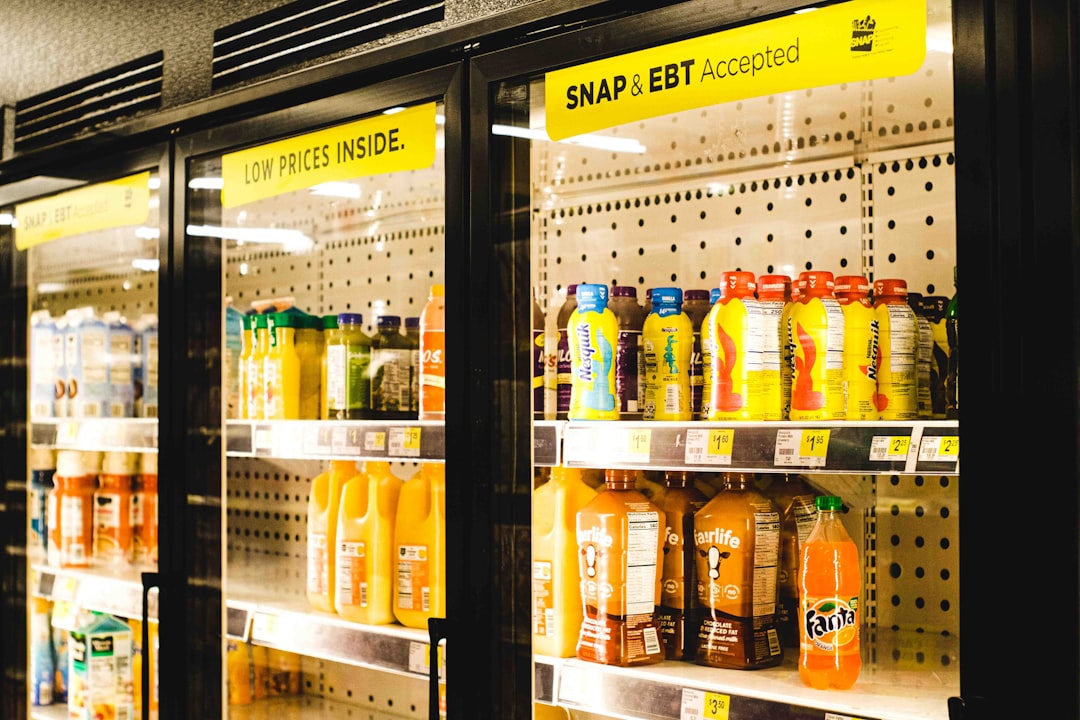
Convenience retail succeeds on speed, relevance, and repeat visits. The challenge is that most in-store interactions are anonymous, and paper-based promotions rarely show what worked or why. QR codes help connect these moments to digital systems that capture, analyze, and act on customer intent without adding friction for the shopper, a pattern reflected in retail use cases.
When you use QR codes to link signage, receipts, shelf tags, and packaging to mobile experiences, you give customers a way to respond immediately while giving your team the data needed to optimize. Shoppers can enroll in loyalty programs on the spot, redeem targeted offers, and pay contactlessly, all while your systems attribute engagement to specific stores, placements, or campaigns.
For example, shelf tags linked to snack-and-drink bundles convert impulse interest into trackable actions. Window decals welcome passersby with scan-to-join loyalty and a first-visit offer. Receipts can include scan-to-review and scan-to-reorder prompts. Each placement brings customers into your digital ecosystem, helping you recognize patterns, personalize follow-ups, and increase lifetime value.
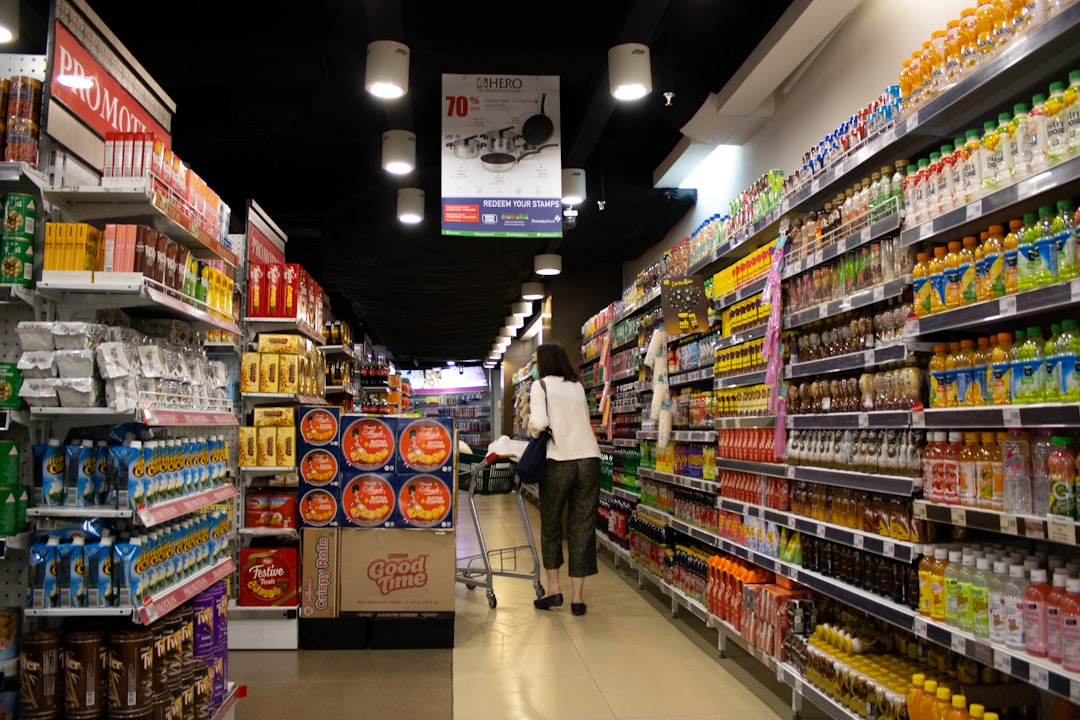
Choosing the right QR format ensures that each scan leads to the most relevant action. Convenience stores benefit most from formats that streamline enrollment, payment, and promotion delivery, while capturing accurate attribution data.
Dynamic QR codes are particularly valuable in convenience retail because they let you change destinations, rules, and offers in real time. Use dynamic codes to rotate promotions by daypart, respond to weather or event triggers, or update inventory-based recommendations without reprinting signage. Reserve static codes for evergreen content that will not change, such as store hours or a basic menu PDF.
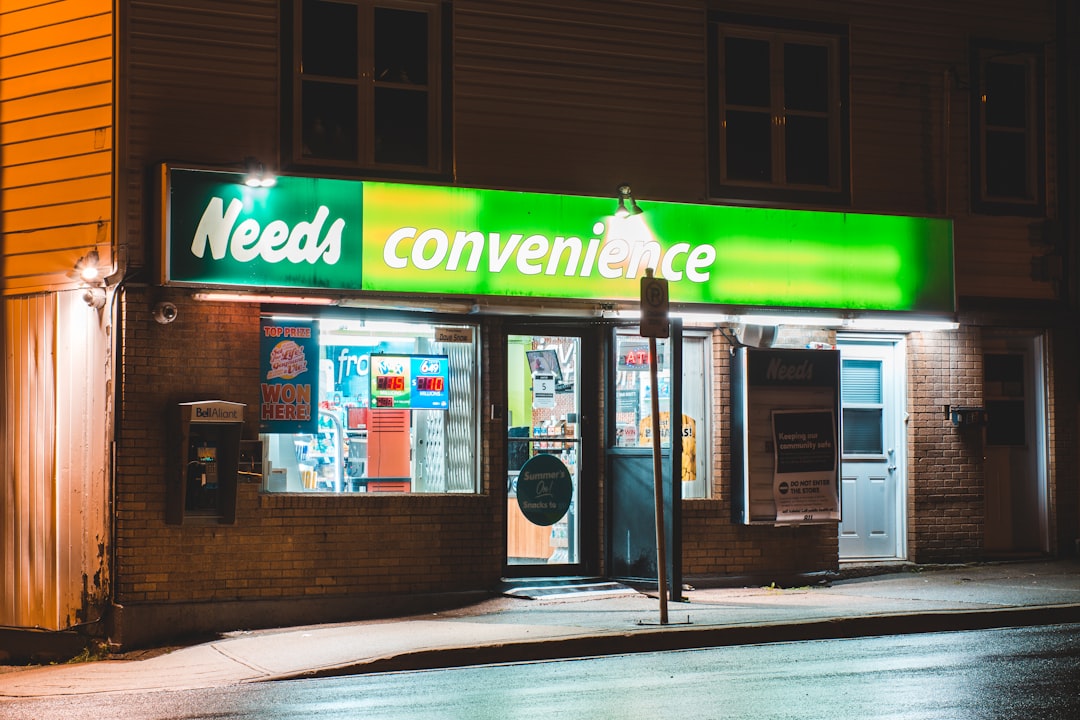
Growth hinges on converting quick interactions into ongoing relationships. The most effective QR placements appear in high-intent moments when customers are deciding what to buy, how to pay, or whether to return. Each location can be a data signal, a conversion point, or both.
Start with the zones that attract the most attention and foot traffic, then test offers that match the mindset of shoppers in that moment. Use unique dynamic codes for each placement to measure performance and optimize.
Strategic placement turns physical space into a performance channel. When each code is unique by store, position, and creative, you gain visibility into what drives action, which inventory deserves more support, and where to focus media spend.
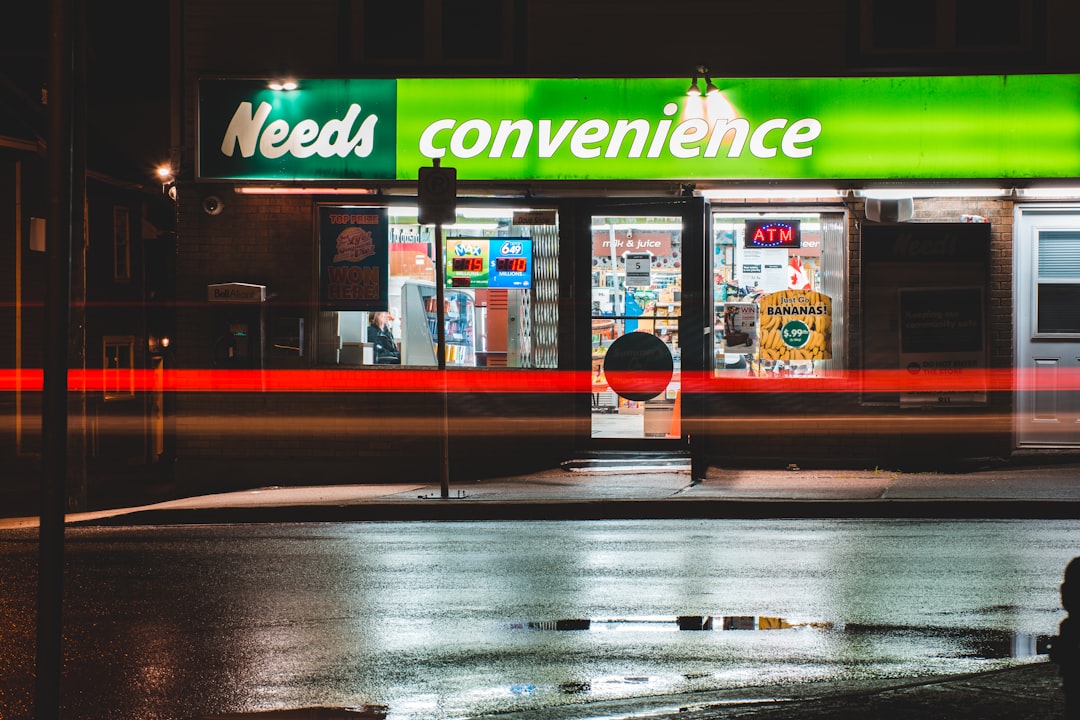
QR codes should map to the most common convenience store behaviors: grab-and-go purchases, impulse discovery, quick payments, and repeat visits. By engineering small improvements in each moment, you create a compounding effect on revenue and loyalty.
Begin with three core use cases that deliver fast results and actionable data, then expand into seasonal or regional campaigns. Dynamic QR codes let you test and iterate without reprinting.
Each use case produces a trail of insights: where scans happen, when they happen, and what action follows. As you scale, combine these insights to coordinate offers across dayparts, audiences, and locations for maximum impact.
Every scan is a signal that reveals intent, context, and preferences. By deploying unique QR codes across the store, packaging, and neighborhood media, you can automatically segment audiences and fuel precise retargeting. The key is to align each code with a journey stage, then feed the resulting signals into your CRM and ad platforms. For paid media, lean into intent-driven retargeting.
For convenience retail, the most useful distinctions often reflect trip missions and timing. Morning commuters who scan a coffee offer differ from late-night snack shoppers or weekend family visitors. Fuel-only customers can be nurtured into in-store buyers with the right incentive, while high-frequency locals may respond to exclusive member pricing.
By treating scans as behavioral data, you turn anonymous foot traffic into addressable audiences. This approach increases the efficiency of every channel, from paid social to email, and creates a virtuous cycle where each campaign becomes more targeted than the last.
QR codes unify offline and online marketing by turning static media into interactive entry points. In convenience retail, your core channels already surround the shopper: windows, shelves, counters, receipts, mailers, and neighborhood signage. When each of these placements drives to a mobile experience, you gain cross-channel continuity and clear attribution.
A connected approach ensures that promotions feel consistent whether the shopper sees them on a window decal, a social post, or a pump topper. It also makes each channel accountable, since scans reveal which messages, creatives, and placements perform best.
QR codes serve as the offline on-ramp to your digital engine. With a platform like Sona QR, you can manage every code centrally, connect scans to profiles, and sync activity with your CRM and ad tools. This consolidates reporting and makes it easier to adjust campaigns while they are live.
Running effective QR campaigns requires a clear plan that ties each scan to a business outcome. The steps below form a repeatable workflow that you can apply across promotions, payments, enrollments, and feedback loops. For convenience stores, this framework maps neatly to daily operations and seasonal pushes.
Each step includes practical tips for physical placement, design, and measurement. Use dynamic QR codes wherever you want the flexibility to update destinations or segment audiences without reprinting. Sona QR supports dynamic links, visual customization, bulk creation, and analytics out of the box.
Start by identifying a specific pain point or growth target. Examples include reducing checkout friction, boosting coffee loyalty during morning hours, or increasing attachment rates for snacks with beverages. Define a single conversion action that shows success, such as a completed payment, a redeemed coupon, or a finished sign-up.
Choose between static and dynamic QR codes based on flexibility and tracking needs. Static codes work for permanent information such as store hours or a menu PDF. Dynamic codes are best for any campaign you plan to measure or optimize.
Visual clarity, size, and contrast affect scan rates. Add brief, benefit-focused calls to action so customers know exactly what they will get. Test usability before you print or deploy.
Launch simultaneously across a few high-traffic placements, then expand as results come in. Use unique dynamic QR codes per store and per placement to isolate performance.
Treat every scan as a data point. Monitor performance daily during the first two weeks, then weekly once trends stabilize. Use insights to refine creative, placement, and offers.
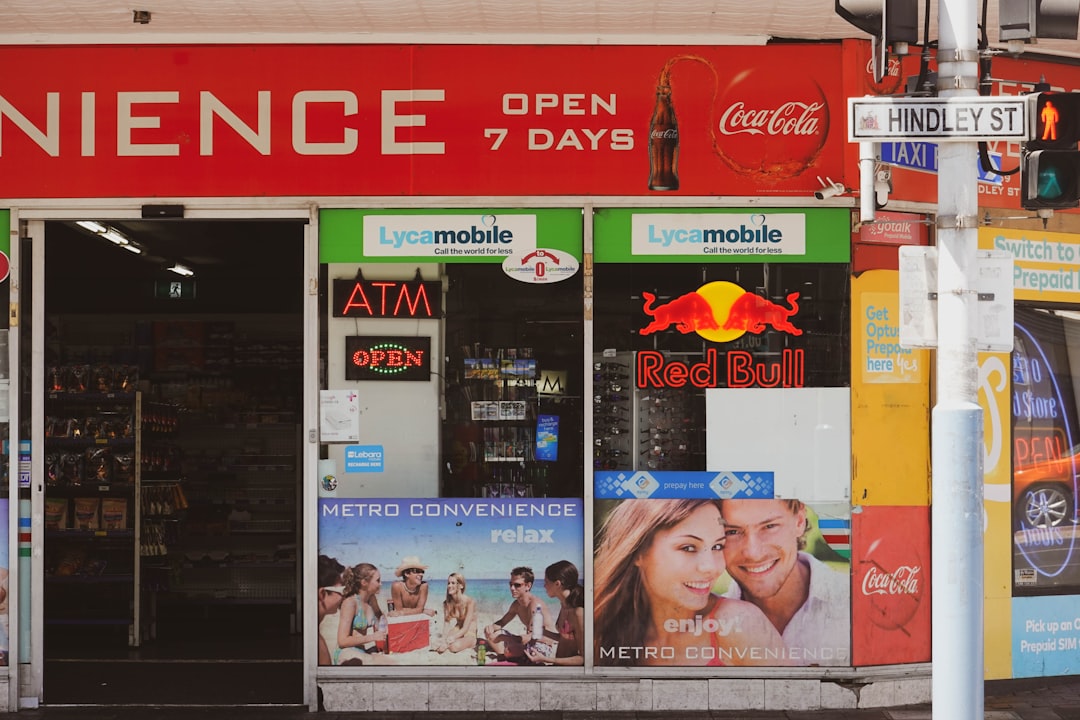
The biggest gap in convenience retail is attribution. Traditional materials generate awareness without revealing which messages or placements drive purchases. QR analytics close this gap by connecting scans to outcomes across the funnel, from first touch to repeat visit.
Teams that treat scan data as a performance signal gain a competitive advantage. You can validate which displays move product, quantify the effect of window posters on footfall, and prove how much faster contactless payments push people through checkout. With Sona QR, these insights are available live, and they sync with your CRM and ad platforms for immediate action.
The result is a data-driven playbook for growth. Instead of guessing which materials work, you can point to conversion rates, revenue attribution, and cohort analysis that justify your budget and guide your next move.
The difference between average and exceptional QR performance often comes down to execution. The most successful operators treat QR codes as part of a customer journey, not a one-off gimmick. They assign unique codes by placement, add UTMs to destinations, and wire scan events into automation that keeps the conversation going.
As you scale, train staff to highlight QR benefits and assist less tech-savvy customers. Clear explanations such as Scan here to join and save 10 percent today remove uncertainty and boost adoption. Creative placements keep the experience fresh and remind shoppers that scanning brings real value.
Creative examples include printing QR codes on coffee cup sleeves that unlock a weekly rotating perk, placing a scan-to-win code on fridge doors to gamify discovery, or adding scan-to-refill codes on private-label packaging to promote repeat purchases.
Convenience retailers across regions are using QR codes to solve familiar problems such as long lines, stagnant promotions, and low loyalty participation. The most successful programs focus on one outcome at a time, prove lift, then expand to the next use case while keeping the customer experience simple.
Operators are also getting creative with placements and incentives. By pairing clear benefits with short mobile flows, they make scanning feel natural and rewarding. These examples illustrate what works across different store sizes and markets.
As adoption grows, QR programs are extending beyond promotions into service and community engagement. Think scan-to-donate for local causes, scan-to-vote for new product flavors, or scan-to-apply for jobs. Each initiative adds value to the neighborhood while producing data that shapes smarter operations.
Experts agree that QR success balances technology with thoughtful journey design. The code itself is only the doorway. What matters is the clarity of the offer, the speed of the experience, and the quality of the data path behind it. Overloading the store with too many codes, hiding the value behind long forms, or failing to connect data systems are common missteps that erode results.
The trends are clear. Instant QR payments tied to loyalty programs are growing fast because they connect speed and savings. CRM integration is becoming a default requirement, not a bonus, since marketers need to automate follow-ups and prove attribution. Dynamic content and A/B testing are replacing static signage with living campaigns that learn and adapt in real time. For strategy alignment, see Sona’s perspective on revenue attribution.
QR codes have redefined engagement for convenience stores by converting every surface into a digital entry point and every moment of curiosity into measurable action. They illuminate once-anonymous behavior, support personalized follow-ups, and strengthen loyalty at scale. With each scan, you gain a clearer picture of what your customers value and how to serve them better.
For decision-makers, the value proposition is straightforward. QR programs deliver contactless convenience for shoppers, a steady stream of actionable data for marketers, and operational agility for managers. With Sona QR, you can generate your first codes in minutes, deploy them across key placements, and tie every scan to outcomes you can measure. Start creating QR codes for free.
QR codes have revolutionized the convenience store industry by transforming everyday customer interactions into powerful engagement opportunities. Whether it’s attracting new shoppers, enhancing in-store experiences, or driving repeat visits, QR codes offer a seamless way to connect customers with personalized promotions, loyalty programs, and instant product information—all while capturing valuable data to optimize your marketing efforts.
Imagine knowing exactly which promotions boost sales or which aisles spark the most interest, and making real-time updates without ever reprinting materials. With Sona QR, you can create dynamic, trackable QR codes in seconds, link every scan directly to revenue, and effortlessly adapt campaigns to maximize impact. No guesswork, just measurable growth.
Start for free with Sona QR today and turn every scan into a loyal customer and every visit into a profitable opportunity.
QR codes enable faster, contactless payments, reduce checkout friction, and allow shoppers to join loyalty programs or redeem offers quickly, resulting in a smoother and faster shopping experience.
QR codes turn static promotions into dynamic, trackable digital offers that can be updated in real time, increase basket size through targeted coupons, boost loyalty enrollment, and provide measurable data on customer engagement.
Every QR code scan captures data such as time, location, device, and campaign source, enabling stores to attribute scans to specific promotions, track coupon redemptions, and understand customer preferences and visit patterns.
Creative uses include printing QR codes on coffee cup sleeves for rotating perks, placing scan-to-win codes on fridge doors to gamify discovery, adding scan-to-refill codes on packaging, and integrating QR codes with social media contests and direct mail campaigns.
QR codes offer low-friction, instant access to deals, loyalty programs, and contactless payments, enhancing speed and relevance while providing personalized offers and reducing wait times for customers.
Use Sona QR's trackable codes to improve customer acquisition and engagement today.
Create Your FREE Trackable QR Code in SecondsJoin results-focused teams combining Sona Platform automation with advanced Google Ads strategies to scale lead generation

Connect your existing CRM

Free Account Enrichment

No setup fees
No commitment required

Free consultation

Get a custom Google Ads roadmap for your business






Launch campaigns that generate qualified leads in 30 days or less.
